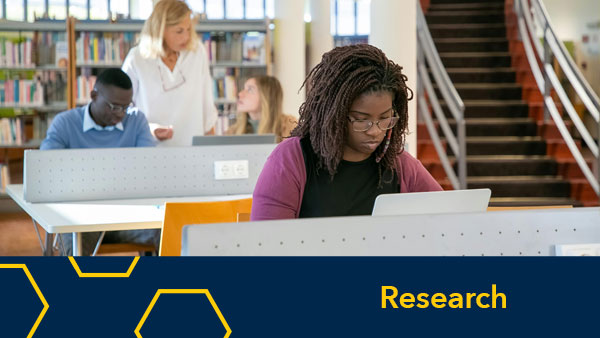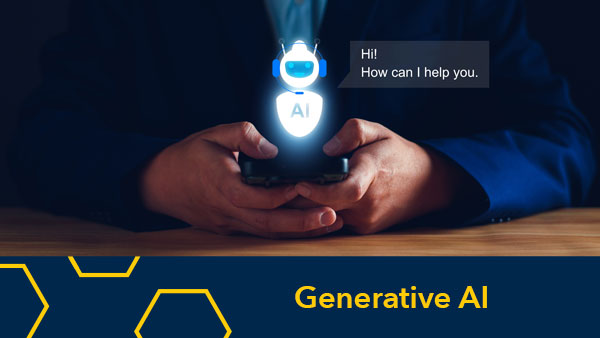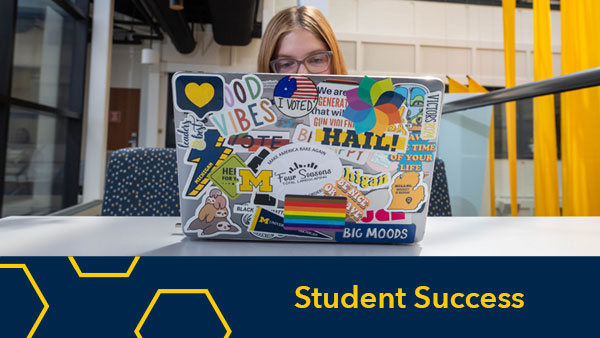Spire, the new competency-based learning platform from CAI allows students to build their professional skills, find opportunities, track their progress
Sean Corp, Content Strategist
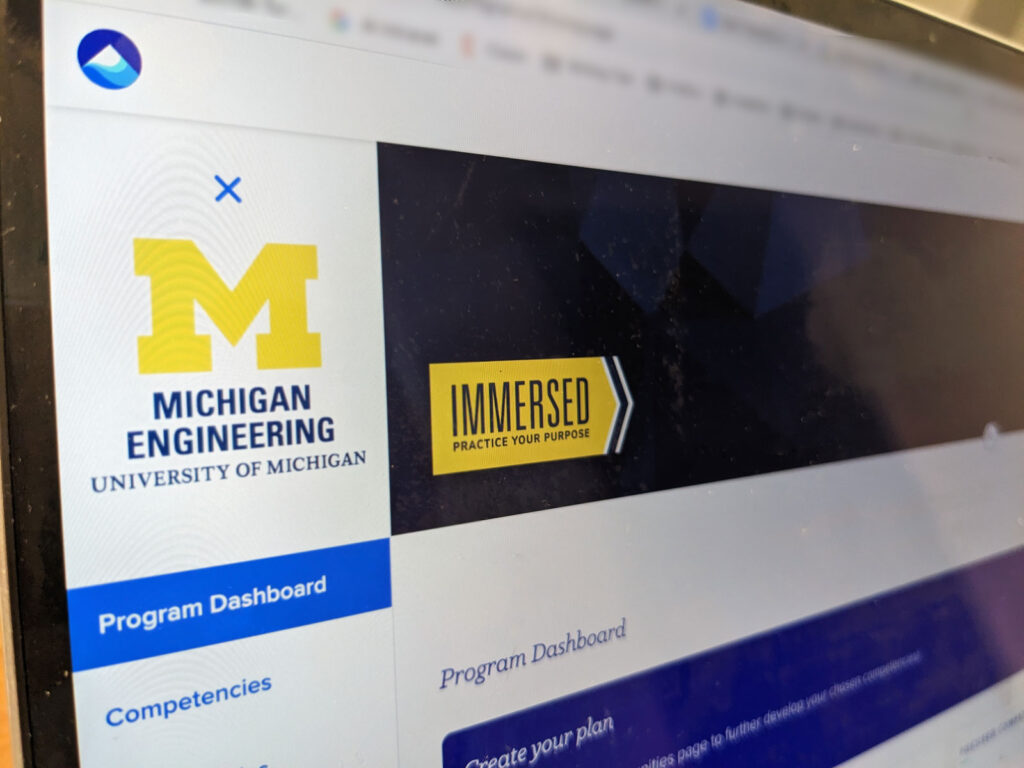
University of Michigan is home to some of the best students in the country. But when graduates step off campus and into the job market, employers aren’t just looking for an impeccable transcript. They are looking for leaders, great communicators, risk-takers, and people who excel at teamwork and empathy. These are the valuable skills often developed outside the classroom in various curricular and co-curricular opportunities. When U-M’s academic leaders talk to employers and students, they hear consistently that students struggle to connect their school work, professional development, and personal growth.
These leaders came to the Center for Academic Innovation looking for a tool that could help students talk about what they learned, how they grew and the skills they developed while at U-M. After years of development with key partners in Michigan Engineering, the Stephen M. Ross School of Business, and Michigan Medicine, the new Spire platform can help students tell their story.
Spire is a new competency-based learning platform that helps students identify core competencies, grow in key professional skills, and learn how to talk with potential employers about what they learned inside and outside the classroom during their University of Michigan experience.
Growing in Real Time

“Students will use Spire throughout their journey at U-M, and it will serve as both a guide and a journal,” said James DeVaney, executive director of the Center for Academic Innovation. “They will use it to identify core competencies, find opportunities to develop new skills, and reflect on what they’ve learned and how they’ve grown in real time.”
Spire was built to allow U-M schools and colleges to clearly define a range of core competencies most relevant to their students, including those not typically developed in traditional lectures or textbooks. Students can use Spire to pick the competencies in which they want to focus. It also allows programs and students to connect to upcoming experiential learning opportunities, and provides ways for students to visualize their growth in core competencies. Spire also provides reporting and assessment tools that help program administrators evaluate and approve student advancement through the identified competencies in their program.

With Spire, students are able to identify opportunities for professional development even before they enter the professional workforce, said John Callewaert, director of strategic projects for the College of Engineering.
“When we talk about ‘Leaders & Best’ at U-M, it isn’t just about what students learn in the classroom. Leaders are created by the roles they take on, their volunteering experiences, and how they grow outside of their labs, classes and textbooks. You can’t capture all of that in a transcript,” DeVaney said.
A Competency Builder That Works for Students and Organizations
Faculty and administrators began discussions with the center about the importance of the competency-based learning approach in 2017, with talks progressing with the College of Engineering and Michigan Medicine to submit a project proposal in early 2020. Michigan Ross added an additional proposal in early 2021.
Within the center’s educational technology portfolio, there were several features that made sense in a mature competency-based learning platform – a robust rubric tool, unlocking conditions, automated badges from the gameful learning platform GradeCraft, and tailoring and survey functionality from the center’s ECoach platform.
Spire also connects to digital databases throughout campus including Sessions @ Michigan and the university-wide event calendar Happening @ Michigan through Student Life. This ensures enhanced exposure to curricular and co-curricular development opportunities and the most updated, accurate data available.
The center’s team of developers, engineers, UX designers, researchers and behavioral scientists met regularly with each partner to ensure the Spire platform was built using a common, scalable framework but also had the unique features that would meet everyone’s needs.
‘Employers Talk in the Language of Competencies’

“Employers talk in the language of competencies …they very much talk in the language of, ‘Can you work well in teams? Can you make decisions? Are you a good leader? Do you understand diversity, equity and inclusion?’ ” said Cathy Shakespeare, associate dean for teaching and learning at Michigan Ross. “All of these concepts are foundational to what we do, we just needed a tool that would allow us to achieve our goals.”
Spire first launched in September 2021 as part of the College of Engineering’s IMMERSED program for experiential learning, with 700 students. The program was then made available to all 13,000-plus engineering students in Winter 2022.
Spire also supports Ross’s Competency Builder program, starting with 650 students enrolled in its Business and Leaders: The Positive Differences course. The Medical School began using Spire in its Adaptive Professional Training program this semester.
Along the way was constant collaboration between the center and three launch partners. Unit leaders and an implementation team met actively during development during the three-year build. There were weekly progress meetings and feature discussions.
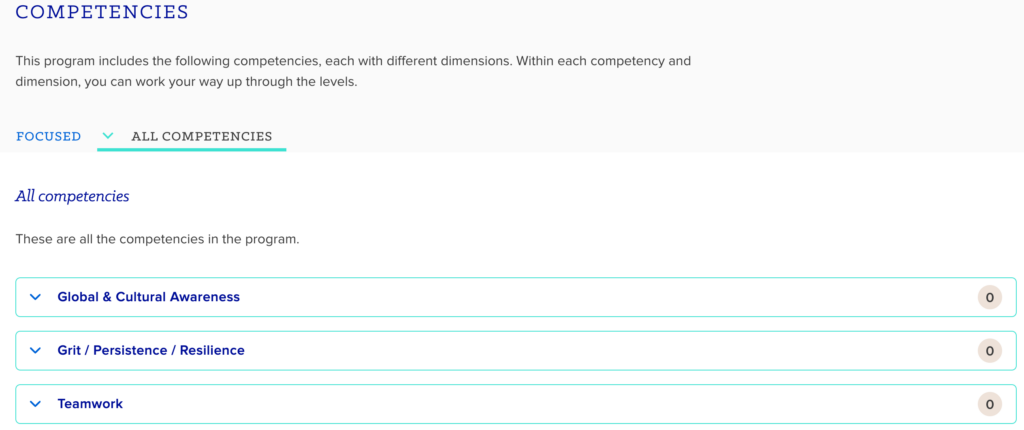
These meetings not only featured core questions of form and functionality for Spire, but also a vision and common language for mastering skills and competency-based learning within the existing degree programs.
The center also conducted competitor analyses in 2020 and 2022 and during the entire build and implementation process there were user experience design focus groups during the implementation of workflows, extensive usability testing, and onboarding for key staff.
The Evolution of Spire
The Spire team at the center has been encouraged by the early results and reactions around Spire while also thinking about the next evolution of the tool. Discussions include polishing the user interface, ways to increase motivation and engagement for students, and how to best leverage the platform for career readiness, including the potential use of microcredentials and badging.
Throughout the process, the focus always remained on what students needed to be successful, build their skills, and tell their story.
“Students tell us about all these amazing experiences they are taking part in, and how it is helping them to become intelligent risk-takers, compassionate leaders and effective teammates. Before they had no way to capture everything they were doing and learning,” said DeVaney. “With Spire, they can finally tell their complete story.”
